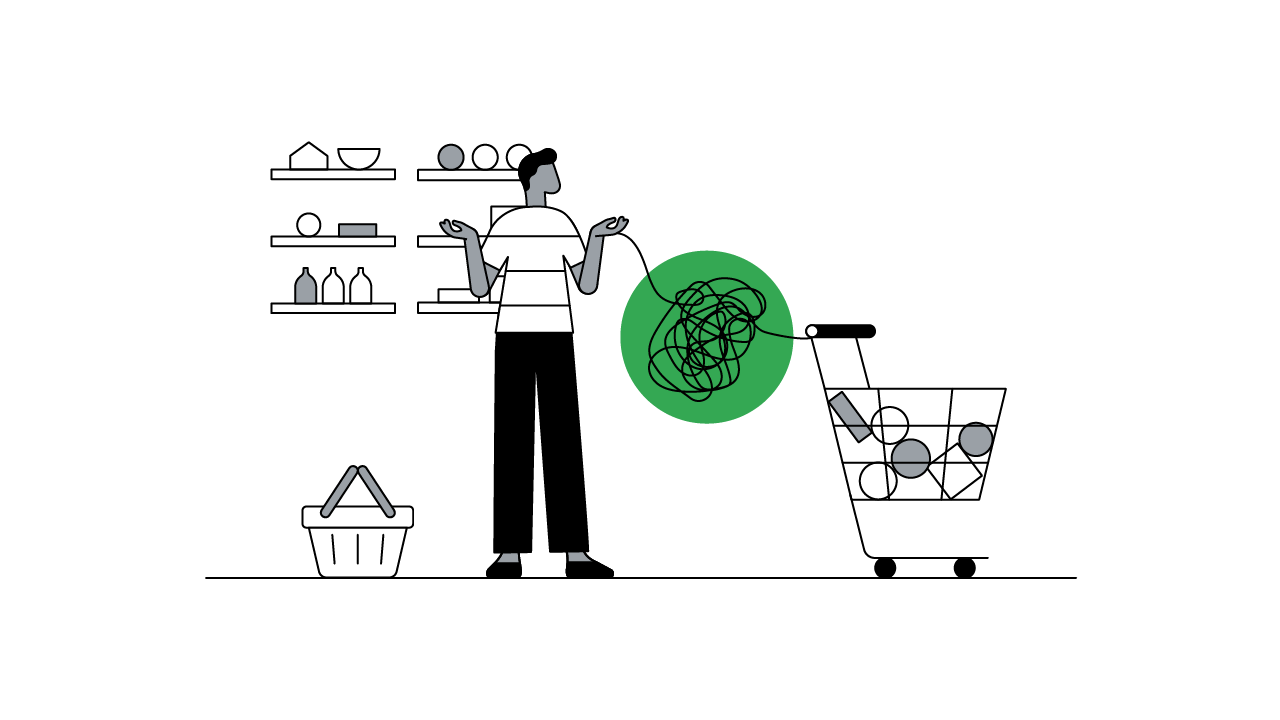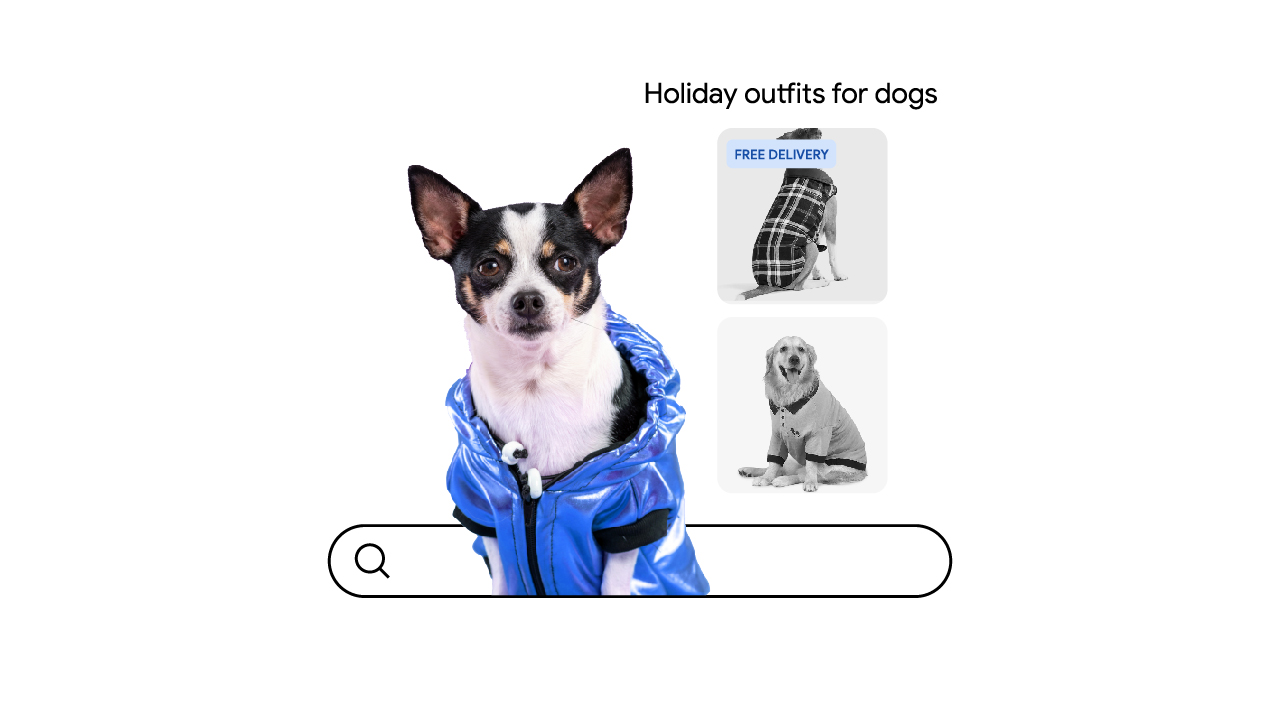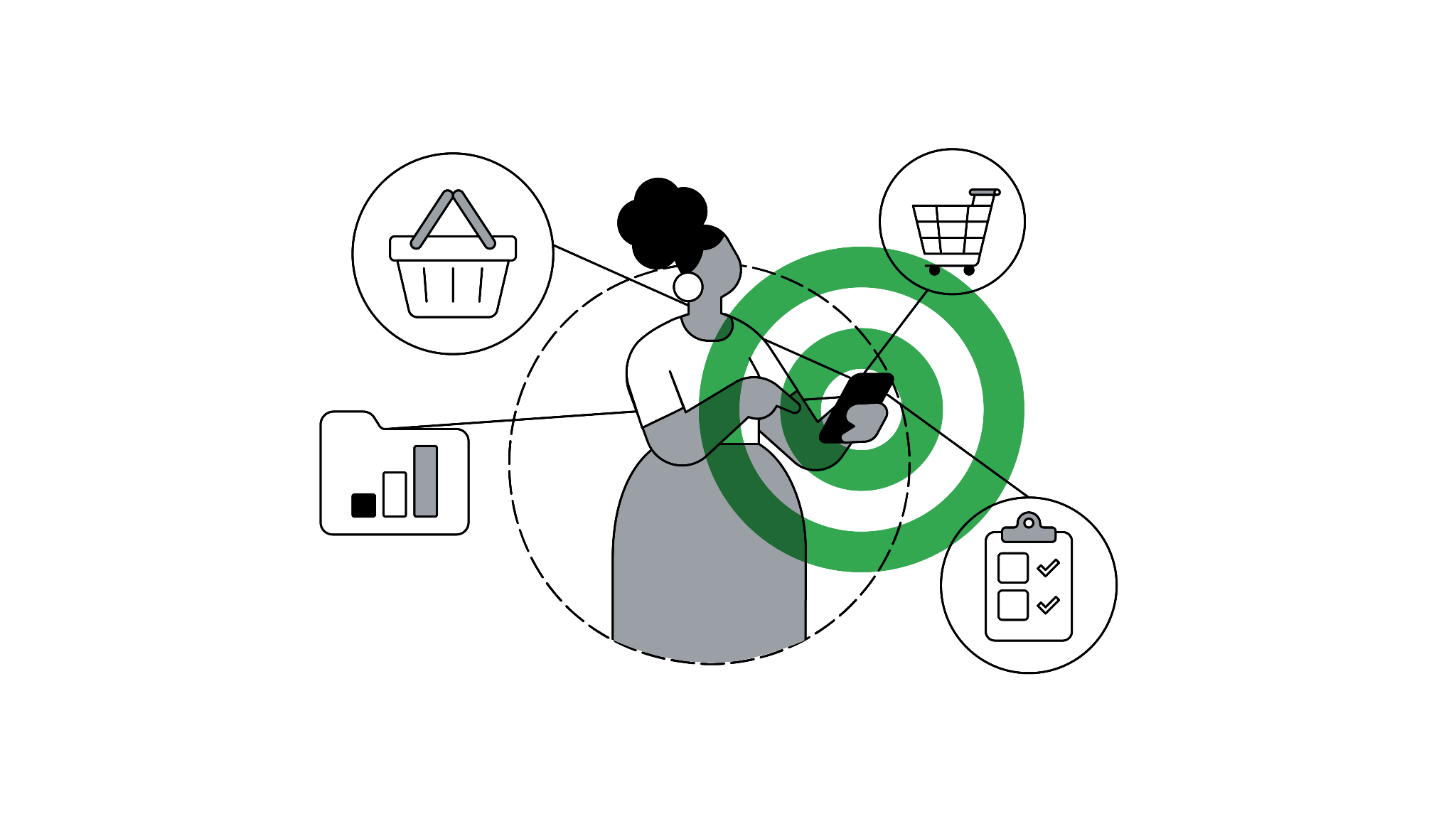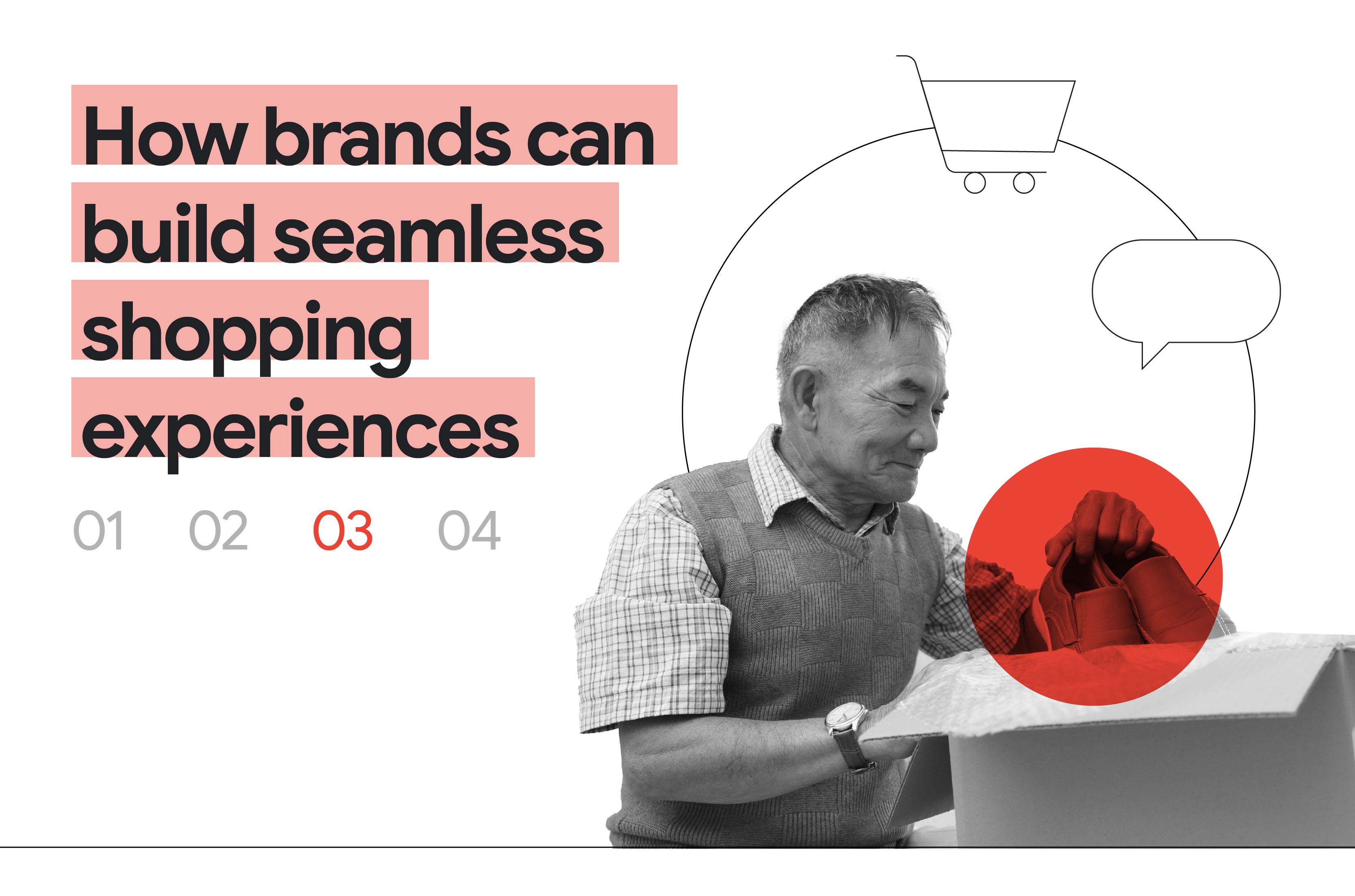
In this third part of our four-part 2022 mega sale guide, find out how you can create seamless digital customer experiences. Explore the rest of the guide to uncover the latest shopper trends, creative best practices, and how-tos for effective media planning.
A seamless shopping experience, one that takes a person from a relevant, attention-grabbing ad to a trustworthy, fast-loading app or site, and provides an easy checkout, does more than leave customers feeling good. It influences their purchase decisions and directly impacts bottom lines.
According to a global Salesforce report, more than 75% of customers now consider the experience a company provides to be as important as its products and services, and 71% agree they’ve made a purchase decision based on it.
Here are a few ways your brand can provide a seamless experience throughout the shopper journey to attract and win customers this mega sale season.
A frictionless start: Be easily discoverable and credible
Researching online has become part of the modern shopping experience, with 94% of people agreeing that it’s important to have all the necessary information before making a purchase. Brands that show up in people’s searches with credible, easy-to-understand information help consumers find what they need faster and make their shopping journey a pleasure right from the start.
One piece of information important to APAC shoppers is the authenticity of products and sellers. In Southeast Asia, search interest in terms containing “official” has increased by more than 125% in Vietnam (chính thức), 70% in Thailand (ออฟฟิเชียล), and 15% in Singapore (official shop), and search interest in “genuine” has increased by 20% in the Philippines (totoo), during the peak shopping season in 2021 as compared with 2020.1
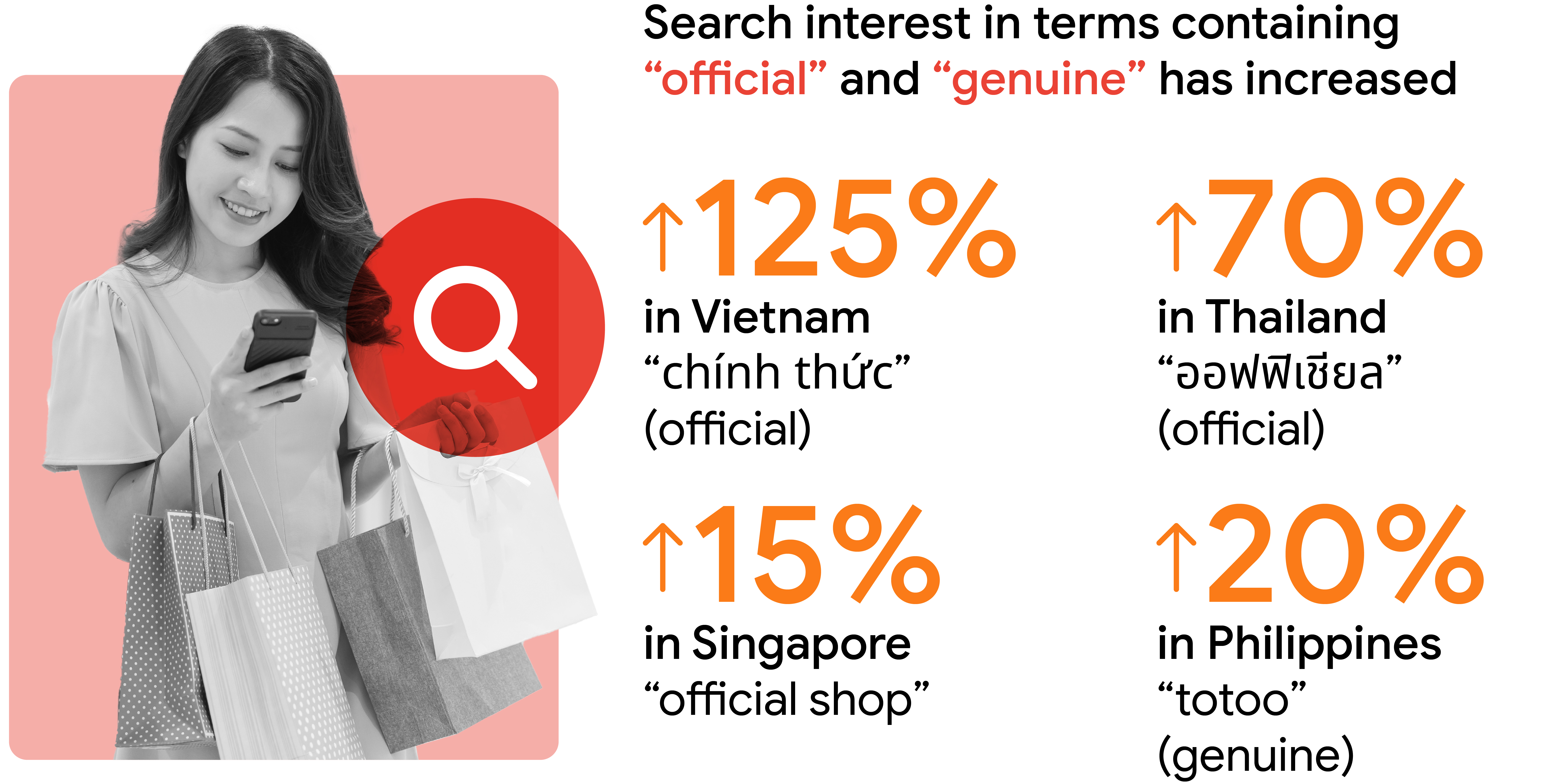
An easy way to establish your brand’s credibility online and help people find your products easily is by creating a Business Profile. Businesses are required to verify their profiles and this reassures shoppers that information on the page, including operating hours, photos, promotions, and sales, is reliable.
Another way to connect with people searching across Google and to help them find your products quickly is to list your items, at no charge, on product results across Google Search, Shopping, and Images. To make your products more discoverable in the results feed, consider using visually-rich creative. You can also add information about return and refund options to the product listings directly. This shows shoppers you’re confident about the quality of your product, but if they need to exchange or return their purchase, it won’t be a fraught experience.
You can further boost your product listings with Performance Max, which allows you to surface your products across all of Google’s advertising channels in a single automated goal-based campaign, acquire new customers, and drive sales online and in store.
Seamless exploration: Smooth navigation and a speedy checkout
Another important way to provide a great digital customer experience is to have your website or app experience be a smooth one. This includes making sure your app or site loads quickly and has clear product descriptions and high-resolution product images to help customers find what they need effortlessly.
These recommendations on customer experience might be about things people perceive on the surface, but they’re hardly superficial. In fact, they have a profound impact on bottom lines. For example, when e-commerce giant Lazada optimised its homepage to improve load time by 3X, its mobile conversion rate improved by 16.9%.
A seamless mobile experience is especially important in APAC as over 60% of shoppers in Singapore and India research products on their phones, and findings show nearly 90% of Singles Day sales came from mobile shoppers.
To assess your retail website’s customer experience and see how it stacks up against competitors, use Grow My Store. It provides specific and detailed recommendations on how to improve your site and boost your business results.
A smooth web-to-app transition is also an important part of the e-commerce customer experience because it enables customers to go from an ad to the relevant app page directly and complete their purchase in the app easily. Brands can achieve this frictionless web-to-app transition with app deep linking. When Shopee implemented deep links to create a smooth shopping experience for app users who searched on their mobile browser, it increased checkouts by 126%.

Deliver relevant experiences: Unlock opportunities with first-party data
For brands, providing a positive shopping experience also means showing up for consumers with the information they want, rather than overwhelming them with ads for products they aren’t looking for. After all, personalised content drove a 91% increase in purchase conversions during the Singles Day period.
To provide a relevant experience for consumers, however, brands must first understand the shoppers on their various platforms, whether online, in app, or in store.
For a fuller picture of shoppers and their behaviours on your website, use a global site tag. The tag can help you know, for example, when a shopper visited your site through a Google ad but didn’t complete the purchase. You can then deliver more relevant content such as an ad about the product they were browsing and its discount during the upcoming mega sale season. With the tag, you can also set up enhanced conversions to improve the accuracy of online conversion measurement.
When it comes to your app, integrating a software development kit enables you to analyse and understand app user behaviours, such as time spent on specific app pages and the country and language in which people are making in-app purchases. You can use these insights to develop ad campaigns in the relevant languages and deliver them to the markets where your audiences are.
To understand in-store shoppers, you can use a customer relationship management tool to organise data that customers share with you in store, such as point-of-sale data, and integrate them with campaign performance tools such as Campaign Manager 360.

With these first-party insights, you can further develop a meaningful customer experience strategy, delivering content that is relevant to the varied interests of different customer segments by using audience segments in Google Ads.
It enables you to serve different ads to different segments of audiences, including new customers, returning customers, and discount shoppers, based on their interests, intents, and how they have interacted with your brand, website or app. Using this marketing solution, Universal Robina Corporation, one of the largest food and beverage companies in the Philippines, was able to re-engage existing customers and grow sales.
The company implemented Customer Match to its custom audience segments and added store sales conversion and location extensions to its YouTube ads to interest existing customers in its latest snacks and beverages. The result was a 5X return on ad spend and 2X click-through rate on local extensions.
Delivering a great shopping experience doesn’t just leave customers feeling good; it’s a powerful way to influence their purchase decisions and drive your business growth. Make sure your brand is ready to win shoppers over this mega sale season by providing them with reliable and relevant information quickly and seamlessly across your various platforms.
Check out the rest of our mega sale guide to find out what shoppers prioritise, and how to build impactful ad creative and a comprehensive media strategy.

